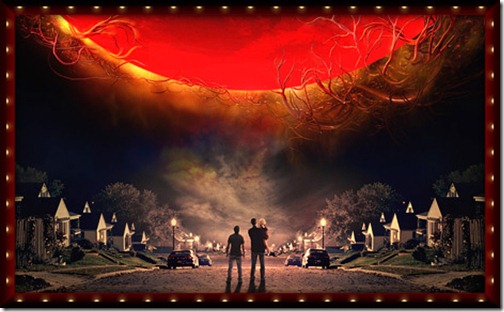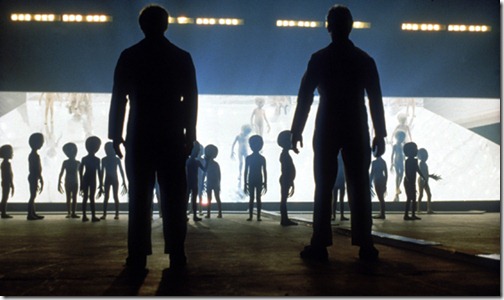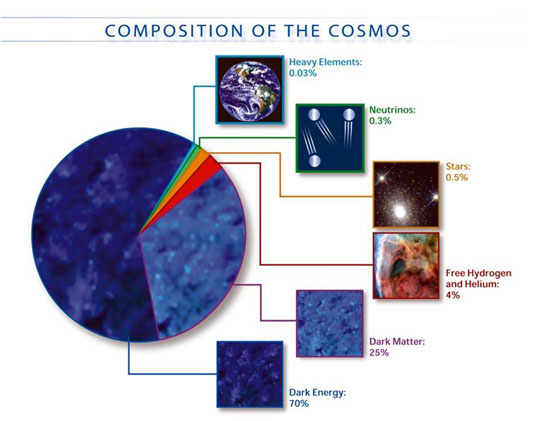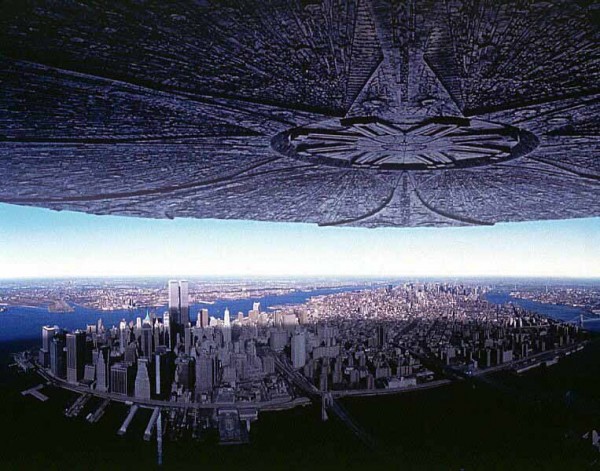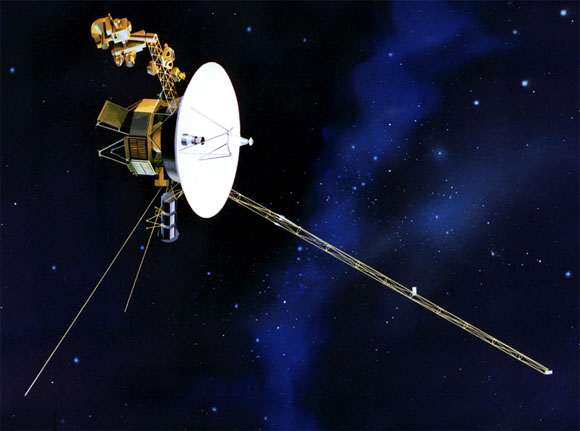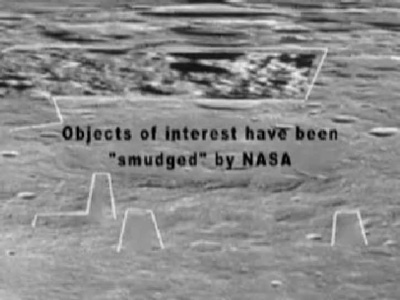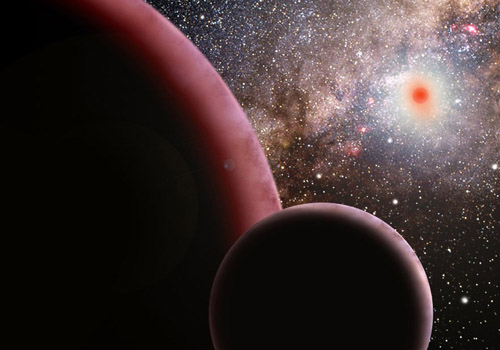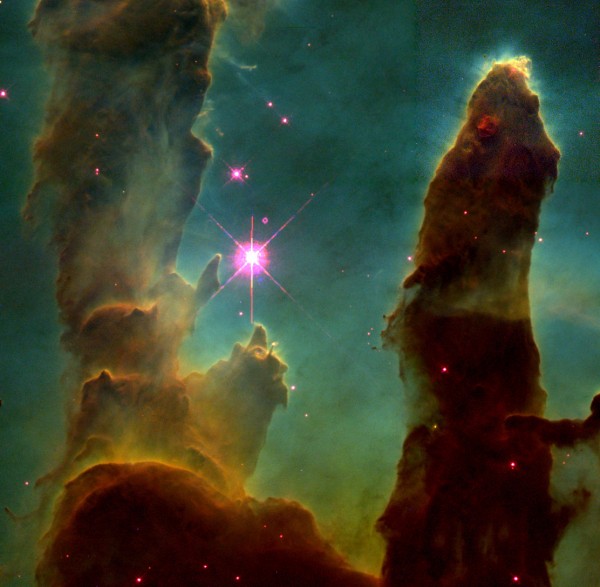One of the most effective ways to compile information about an enemy (or potential enemy) is by infiltrating the enemy’s ranks. This is the job of a spy. Spies can bring back all sorts of information concerning the size and strength of an enemy army. They can also find dissidents within the enemy’s forces and influence them to defect. In times of crisis, spies can also be used to steal technology and to sabotage the enemy in various ways. For centuries women have served their allegiances with as much efficacy as their male counterparts in espionage. The spies listed here are the top 10 beautiful lady spies from the history.
10. Isabella Marie Boyd

(May 9, 1844 – June 11, 1900)
Best known as Belle Boyd or Cleopatra of the Secession, was a Confederate spy in the American Civil War. She operated from her father’s hotel in Front Royal, Virginia and provided valuable information to Confederate general Stonewall Jackson in 1862. Belle Boyd’s espionage career began by chance. According to her 1866 account, on July 4, 1861, a band of Union army soldiers saw the Confederate flag hung outside her home. They tore it down and hung a Union flag in its place. This made her angry enough, but when one of them cursed at her mother, she was enraged. Belle pulled out a pistol and shot the man down.She was fuming. A board of inquiry exonerated her, but sentries were posted around the house and officers kept close track of her activities. She profited from this enforced familiarity, charming at least one of the officers, Captain Daniel Keily, into revealing military secrets. “To him,” she wrote later, “I am indebted for some very remarkable effusions, some withered flowers, and a great deal of important information.” Belle conveyed those secrets to Confederate officers via her slave, Eliza Hopewell, who carried the messages in a hollowed-out watch case.
9. Nancy Wake
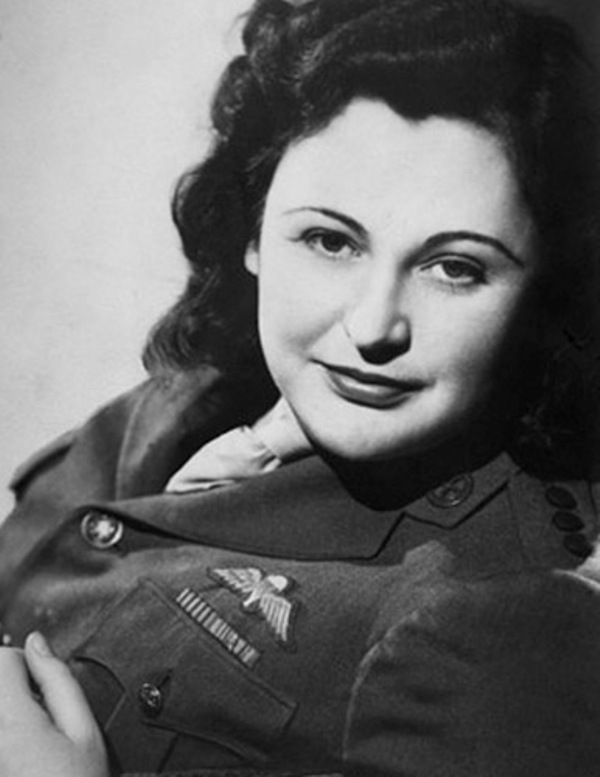
Image Source
(born 30 August 1912)
She served as a British agent during the later part of World War II. She became a leading figure in the maquis groups of the French Resistance and became one of the Allies’ most decorated servicewomen of the war. Born in Roseneath, Wellington, New Zealand, Wake’s family moved to Sydney, Australia in 1914. She was two years old at the time, and the youngest and most independent of six children. Later, her father left the family to return to New Zealand, leaving her mother to raise the children. Later, in 1939 she met wealthy French industrialist Henri Edmond Fiocca, whom she married on 30 November. She was living in Marseille, France when Germany invaded. After the fall of France, she became a courier for the French Resistance and later joined the escape network of Captain Ian Garrow. The Gestapo called her the “White Mouse”. By 1943, she was the Gestapo’s most-wanted person, with a 5 million-franc price on her head. From April 1944 to the complete liberation of France, her 7,000 maquisards fought 22,000 SS soldiers, causing 1,400 casualties, while taking only 100 themselves. Her French companions, especially Henri Tardivat, praised her fighting spirit; amply demonstrated when she killed an SS sentry with her bare hands to prevent him raising the alarm during a raid. After the war, she received the George Medal, the United States Presidential Medal of Freedom, the Médaille de la Résistance and thrice the Croix de Guerre. She was not awarded any Australian decorations. She also learned that the Gestapo had tortured her husband to death in 1943 for refusing to disclose her whereabouts. After the war she worked for the Intelligence Department at the British Air Ministry attached to embassies of Paris and Prague. After marrying John Forward in 1957 she returned to Australia.
8. Margaret Kemble Gage
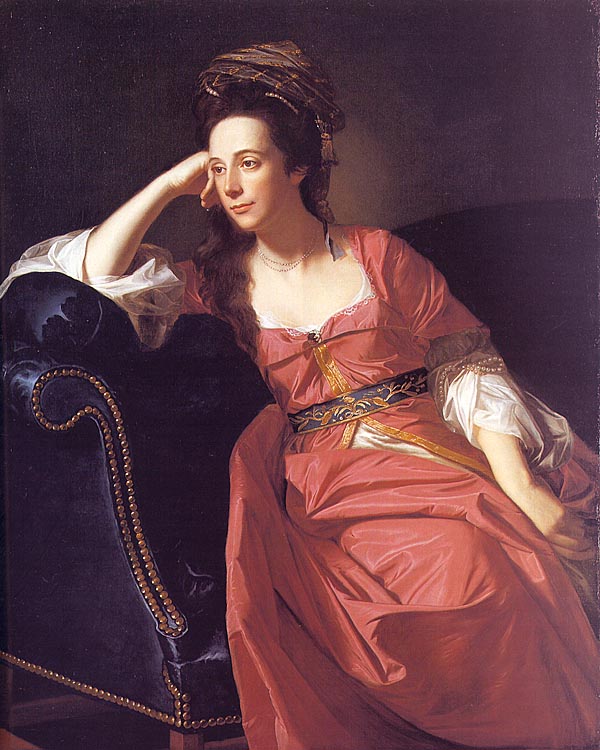
Image Source
(1734-1824)
She was the wife of General Thomas Gage, who led the British Army during the American Revolutionary War, and is said to have spied against him out of sympathy for the Revolution. She was born in New Brunswick, New Jersey and resided in East Brunswick Township. Historical texts, most notably Paul Revere’s Ride suggest that Mrs. Gage provided Joseph Warren with information regarding General Gage’s raid at Lexington and Concord. All of the circumstantial evidence shows that that Dr. Warren’s informer was indeed Margaret Kemble Gage – a lady of divided loyalties to both her husband and her native land. As a result, Gage was sent to England aboard the Charming Nancy on her husband’s orders in the summer of 1775.
7. Josephine Baker

Image Source
(June 3, 1906 – April 12, 1975)
She was an American-born French dancer, singer, and actress. Nicknamed the “Bronze Venus”, the “Black Pearl”, and even the “Créole Goddess” in anglophone nations. Baker was the first African American female to star in a major motion picture and to integrate an American concert hall, and to become a world-famous entertainer. She is also noted for her contributions to the Civil Rights Movement in the United States (she was offered the unofficial leadership of the movement by Coretta Scott King in 1968 following Martin Luther King, Jr.’s assassination, but turned it down), for assisting the French Resistance during World War II and for being the first American-born woman to receive the French military honor, the Croix de guerre.
6. Noor Inayat Khan
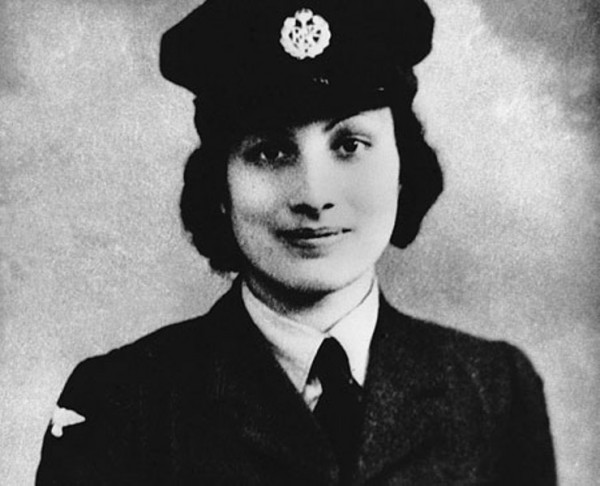
Image Source
(1 January 1914, Moscow – 13 September 1944, Dachau concentration camp)
On September 13, 1944, a beautiful Indian princess lay dead on the floor at Dachau concentration camp. She had been brutally tortured by the Nazis then shot in the head. Her name was Noor Inayat Khan. The Germans knew her only as Nora Baker, a British spy. The first female radio operator to infiltrate occupied Paris, she was posthumously awarded the Croix de Guerre and the George Cross – one of only three women from the Special Operations Executive to receive the latter medal. But while Odette Hallowes and Violette Szabo have had Hollywood films made of their lives and blue plaques put up in their honour, Noor has been largely overlooked. The gentle Indian woman who sacrificed her life for Britain, has become a footnote in history. A memorial to her has long been overdue. And when a bust of Noor goes up in London’s Gordon Square in 2012, it will be the first statue to an Indian woman in Britain – and the first to any Muslim. Given the contribution of Asian women in this country to arts, music, literature, law, human rights and education, it is a gap that is crying to out be filled. Noor’s journey from her birthplace in Moscow to London was in many ways part of her exotic upbringing. A descendant of Tipu Sultan – the famous 18th century ruler of South India, known as the Tiger of Mysore – she was brought up a fierce nationalist by her father, Hazrat Inayat Khan, a Sufi preacher and musician. Noor was trained as a secret agent, given arms training, taught to shoot and kill, and finally flown to Paris under the code name of Madeleine, carrying only a false passport, a clutch of French francs and a pistol. Despite her spy network collapsing around her, Noor stayed in France for three months, until she was betrayed. What followed in October 1943 was arrest, imprisonment in chains, torture and interrogation. Noor bore it all. She revealed nothing to her captors, not even her real name. When the end came on September 13, 1944, it was not swift or painless. Defiant till the last, she shouted “Liberte” as she went down to a bullet fired at the back of her head.
5. Anna Chapman

Image Source
(Born 23 February 1982)
Anna Chapman, a beautiful 28-year-old Russian with an IQ of 162, having a diplomat father and a taste for the high life, is a Russian national, who while living in New York, United States was arrested along with nine others on 27 June 2010, on suspicion of working for the Illegals Program spy ring under the Russian Federation’s external intelligence agency, the SVR (Sluzhba Vneshney Razvedki).Chapman pleaded guilty to a charge of conspiracy to act as an agent of a foreign government without notifying the U.S. Attorney General, and was deported back to Russia on 8 July 2010, as part of a prisoner swap.
4. Violette Szabo
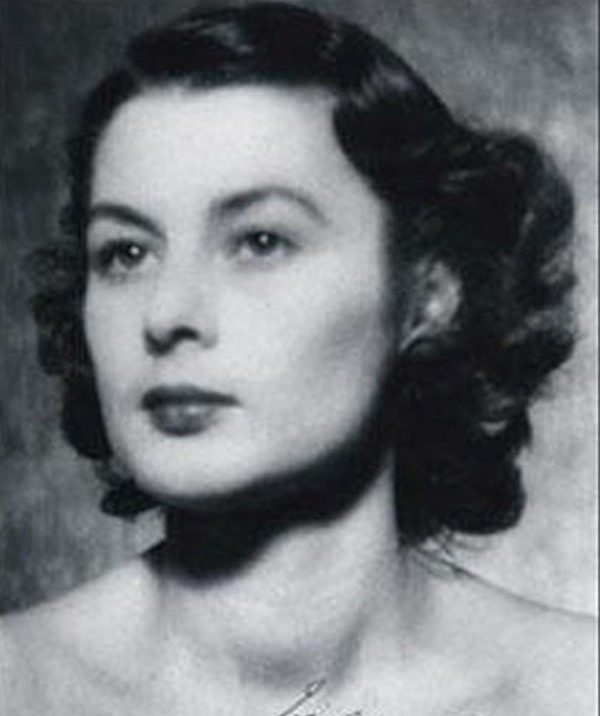
Image Source
(26 June 1921 – c. 5 February 1945)
She was a Second World War British secret agent. She was born Violette Reine Elizabeth Bushell in Paris, France on 26 June 1921, the second child of a French mother and an English taxi-driver father, who had met during World War I. The family moved to London and she attended school in Brixton until the age of 14. At the start of the Second World War, she was working in the Bon Marché department store in Brixton on the perfume counter. Violette met Etienne Szabo, a French officer of Hungarian descent, at the Bastille Day parade in London in 1940. They married on 21 August 1940 after a whirlwind 42-day romance. Violette was 19, Etienne was 31. Shortly after the birth of their only child, Tania, Etienne died from chest wounds at the Battle of El Alamein in October 1942. He had never seen his daughter. It was Etienne’s death that made Violette, having already joined the Auxiliary Territorial Service in 1941, decide to offer her services to the British Special Operations Executive (SOE).
3. Liu Hulan

Image Source
(1932–1947)
She was a young, beautiful female spy during the Chinese Civil War between the Kuomintang and the Communist Party. She was born in Yunzhouxi village, in the Wenshui County of the Shanxi province. She joined the Communist Party in 1946 and soon after joined an association of women working in support of the Liberation Army. She was actively involved in organizing the villagers of Yunzhouxi in support of the Communist Party of China. Her contributions involved a wide range of activities, such as supplying food to the Eighth Liberation Army, relaying secret messages, and mending boots and uniforms. The life and death of Liu Hulan has become a symbol of the courage of the Chinese people, and is often cited as a homily of their loyalty to Communism. Her story is often told as an homage to the struggles endured, and the sacrifices made, for the cause of liberating China from centuries of rule by foreign powers.
2. Charlotte de Sauve
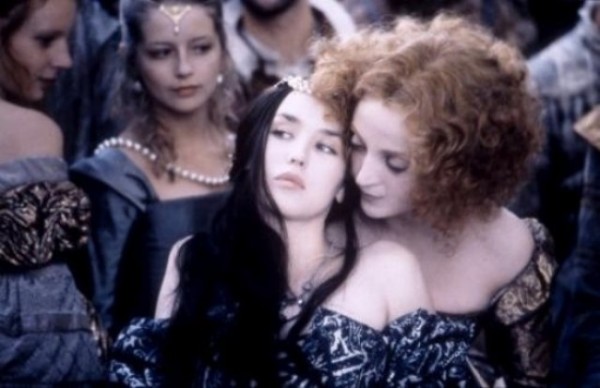
Image Source
(c. 1551 – 30 September 1617)
A French noblewoman and a mistress of King Henry of Navarre, who later ruled as King Henry IV of France. She was a member of Queen Mother Catherine de’ Medici’s notorious Flying Squadron (Escadron Volant in French), a group of beautiful female spies and informants recruited to seduce important men at Court, and thereby extract information to pass on to the Queen Mother. Charlotte de Sauve has been credited as a source of the information that led to the execution of Marguerite de Valois’s lover Joseph Boniface de La Môle and Annibal de Coconnas for conspiracy in 1574. In 1575, Catherine de’ Medici, abetted by her son Henry III, instructed Charlotte to seduce the king’s brother, her youngest son, François, Duke of Alençon, with the aim of provoking hostility between the two young men, so that they would not conspire together in the future.Charlotte subsequently became the duke’s mistress, creating a rift between the former close friends, as Navarre and Alençon became rivals over Charlotte. According to Marguerite’s memoirs: “Charlotte de Sauve treated both of them [Navarre and Alençon] in such a way that they became extremely jealous of each other, to such a point that they forgot their ambitions, their duties and their plans and thought of nothing but chasing after this woman”.
1. Mata Hari
Image Source
(7 August 1876, Leeuwarden – 15 October 1917, Vincennes)
Mata Hari ‘drew every man’s lustful admiration and every woman’s envy. A Dutch exotic dancer, courtesan, and accused spy who was executed by firing squad in France for espionage for Germany during World War I. Her popular acts toured other European cities, where she became the courtesan of powerful men in government and the military. Her relationships and liaisons with powerful men frequently took her across international borders. Prior to World War I, she was generally viewed as an artist and a free-spirited bohemian, but as war approached, she began to be seen by some as a wanton and promiscuous woman, and perhaps a dangerous seductress. When World War I broke out, the French suspected her of spying for the Germans, even though she was also likely doing so for the French. In January 1917, the German military attaché in Madrid transmitted radio messages to Berlin describing the helpful activities of a German spy, code-named H-21. French intelligence agents intercepted the messages and, from the information they contained, identified H-21 as Mata Hari. Unusually, the messages were in a code that German intelligence knew had already been broken by the French, leaving some historians to suspect that the messages were contrived. She was subsequently tried for espionage and found guilty. She was executed by Firing Squad on the 15th of September, 1917 at the age of 41.
